Today, President Awards Navy’s Elite Gunnery School
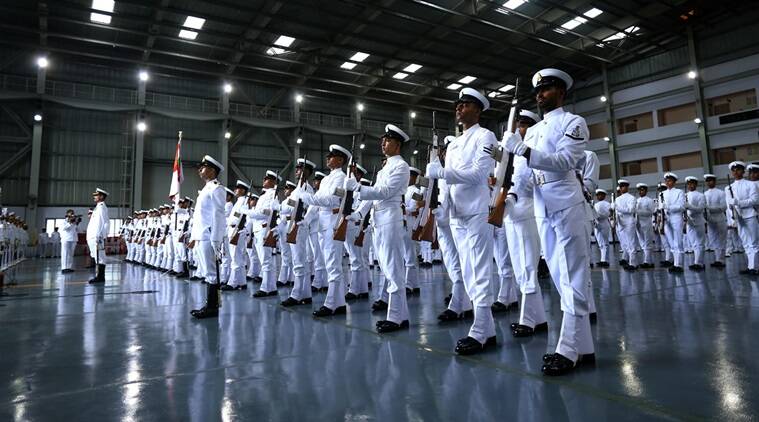
- The officer in charge of the INS Dronacharya, Commodore V Z Job, said that there is no other place in the Indian Ocean region with the same kind of facilities for practical gunnery and missile training.
- The INS Dronacharya is the main place where people are trained for police work in the maritime domain and for the Sagar Prahari Bal (Ocean Sentinel Force)
Battles have been fought on the water for a long time, but the key to naval warfare is gunnery, which is all about getting the ammunition to the right place, whether it’s from a ship, a submarine, an aeroplane, or a coastal battery. INS Dronacharya is the Indian Navy’s Centre of Excellence in Gunnery and Missile Warfare. It is part of the Southern Naval Command in Kochi and is in charge of training people to use small arms, missiles, artillery, radar, and defensive countermeasures.
On Thursday, the President of India, Droupadi Murmu, will give the INS Dronacharya the prestigious President’s Colour. This is the highest honour that the Supreme Commander can give to a military unit.
This accomplishment comes at the same time as the diamond jubilee (75 years) of the Indian Navy’s Gunnery School, which was founded in 1948 and changed its name to INS Dronacharya in 1978. Vice Admiral MA Hampiholi, flag officer commanding-in-chief, Southern Naval Command, said, “The award of President’s Colour is in recognition of the yeoman’s service rendered by INS Dronacharya in training sea warriors for accurate delivery of ordnance on target, in keeping with their motto ‘Kuru Praharam Prathame.'”
Heroic Pedigree
Gunners who were trained at the country’s only naval gunnery school, which is the best school in the country, have done a great job in many naval operations since Independence, such as Operation Trident (missile attacks on Karachi during the 1971 Indo-Pak war) and Operation Cactus (rescue of hostages taken by mercenaries who had attempted a coup in The Maldives in 1988).
Operation Vijay, which freed Goa from the Portuguese in 1961, was the first time India’s naval ships fired on the enemy as a free country. “Just like Guru Dronacharya taught Arjuna to focus on the single eye of the bird, my alma mater taught me the most important lesson in life: ‘one mind, one round, one target,'” said Admiral R. Hari Kumar, Chief of the Naval Staff and a gunnery expert.
Admiral Madhvendra Singh, who used to be the head of the naval staff, said that taking Anjadip Island on December 18, 1961, which was a stronghold of the Portuguese army 3 km south of the main Portuguese garrison, was a key part of Op Vijay and a good example of gunnery. Singh, who took part in the operation as a young midshipman on the Indian Navy’s flagship cruiser INS Mysore, still remembers how fierce the naval landing party’s amphibious operation was.
“The gunnery school in Kochi was told about the mission with only two weeks’ notice and had to train them in land fighting, camouflage, close combat, and gunfighting. From Kochi, they went to Mumbai, and then the INS Mysore and INS Trishul took them to the coast of Anjadip. At dawn, we put two platoons led by Lt. Arun Auditto and N. Kelman in small boats and sent them to land,” Singh said.
But the Portuguese defenders stopped the attack by firing machine guns at the boats from the hill, making holes in the naval boats. After that, there was a full-scale gun and grenade battle that lasted several hours and killed seven gunners and hurt nearly 18 others. But in the end, the Indian ships INS Mysore and Trishul used heavy shelling to break through the Portuguese defences.
“The Mysore’s big guns caused a lot of damage along the coast of the island, even uprooting trees. The Portuguese gave up within 15 minutes of the shelling, and the landing party took over. The battle was won by the gunners, who then took over the island. In the meantime, the gunners of INS Betwa and Beas used their guns at Goa to force the Portuguese frigate Afonso de Albuquerque to give up. “It made me want to become a gunner in the future,” Madhvendra Singh said.
State-Of-The-Art Training
“At Dronacharya, training is based on the tried-and-true idea of “drill to skill.” Every trainee gets to try out all of the weapon systems that the force uses. Real guns and missiles, like the 7mm pistol, the 76mm artillery gun, the Barak surface-to-air missile, and the hypersonic Brahmos, are used to give students hands-on experience. We have high-fidelity simulators, and emulators are used to copy the live systems of different ships and the real-time feel of different situations or environments that they might encounter in the real world. The officer in charge of the INS Dronacharya, Commodore V Z Job, said that there is no other place in the Indian Ocean region with the same kind of facilities for practical gunnery and missile training.
In the unit ops room, officers can train to handle fleet air defence and surface action in a setting that is close to real life. There are several virtual reality simulators, such as the IGLA surface-to-air shoulder-launched missile and the 76mm super rapid gun mount, which is standard on most navy ships today.
“Dronacharya changed as quickly as gunnery did. We used to have cannons and big guns, but now we have smart, hypersonic, and long-range missiles and shells. Former head of the Southern Naval Command and gunnery expert Vice Admiral Madanjit Singh said, “In the past, you had to be able to see the enemy to shoot at them. Now, thanks to advanced sensors and long-range missiles and guns, you don’t have to see the enemy to shoot at them. Scan this QR code with your phone or go to timesspecial.com. Sign in to get free access for 3 months. Human sacrifice in Kerala: A story of evil and greed
From Karachi to Koochi
Dronacharya can be traced back to 1943, when the Royal Indian Navy (RIN) opened HMIS Himalaya in Karachi. At that time, it was the most modern naval gunnery school outside of the British Isles. After India got its independence, Pakistan got the HMIS Himalaya. In October 1948, basic gunnery training facilities were set up at the naval base in Kochi. In the end, it was moved to Fort Kochi so that it could be near the Coastal Battery and Naval Coast Battery. It also got more advanced gunnery training courses and infrastructure. On March 8, 1978, it was given the name INS Venduruthy-II. On November 27, 1978, it was renamed INS Dronacharya, and in 2004, it was named a Centre of Excellence.
INS Dronacharya has an AK-630 fully automatic naval rotary cannon close-in weapon system.
Sentinels of the sea
The INS Dronacharya is the main place where people are trained for police work in the maritime domain and for the Sagar Prahari Bal (Ocean Sentinel Force), which was set up after the 26/11 attacks in Mumbai to improve security along the coast and protect ports and naval bases. SPB teams, which are in charge of the naval fast interceptor craft (FIC), get training in things like asymmetric warfare, unarmed combat, slithering operations, and so on.


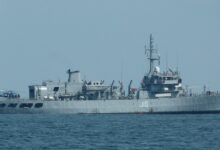
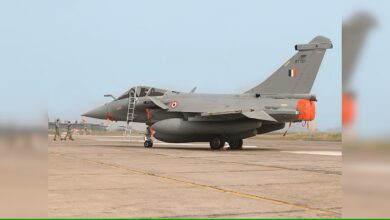
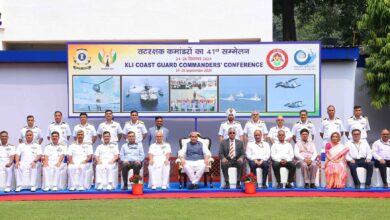
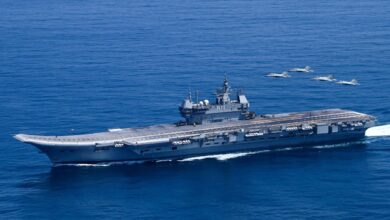

Facebook Comments